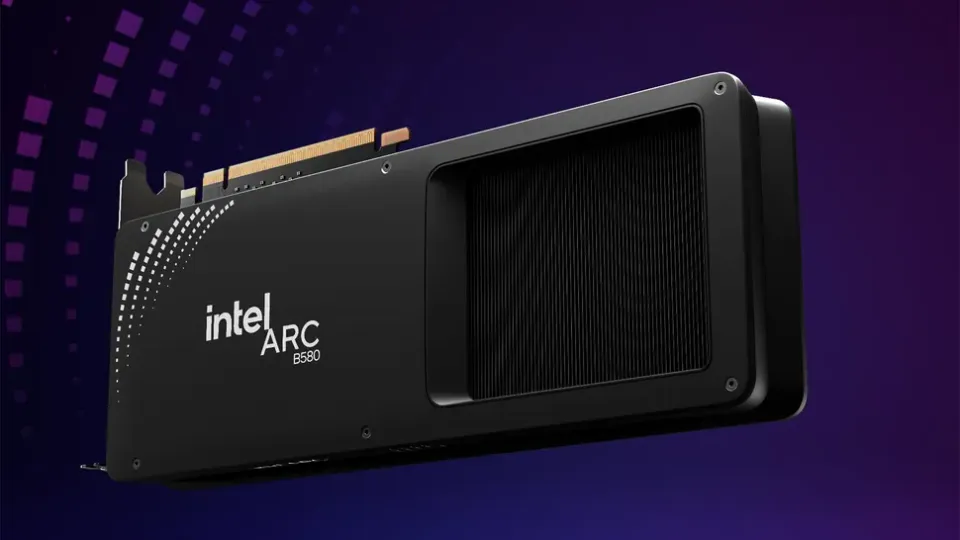Wi-Fi Standards: From Wireless-N to Wi-Fi 7
This guide provides a detailed look into the development of Wi-Fi and cellular technologies, highlighting their transformative impacts on connectivity and the broader digital ecosystem.

1. Wi-Fi 4 (802.11n)
Introduced: 2009
Frequency Bands: 2.4 GHz and 5 GHz
Speed: Up to 600 Mbps
Key Features:
- Introduced MIMO (Multiple-Input Multiple-Output) for improved speed and range by using multiple antennas.
- Operates on both the 2.4 GHz and 5 GHz bands, offering better flexibility in channel usage.
- Backward compatible with previous standards like 802.11a/b/g.
Use Cases: Early home and business networks, basic streaming, and web browsing.
2. Wi-Fi 5 (802.11ac)
Introduced: 2013
Frequency Bands: 5 GHz
Speed: Up to 3.5 Gbps (theoretical)
Key Features:
- Introduced MU-MIMO (Multi-User MIMO) for better performance in multi-device environments.
- Wider channel bandwidths of up to 160 MHz.
- Improved beamforming for targeted signal delivery.
Use Cases: Streaming HD content, online gaming, and multi-device households.
3. Wi-Fi 6 (802.11ax)
Introduced: 2019
Frequency Bands: 2.4 GHz, 5 GHz
Speed: Up to 9.6 Gbps
Key Features:
- OFDMA (Orthogonal Frequency-Division Multiple Access): Divides channels into subchannels for more efficient use.
- Supports up to 8x8 MU-MIMO, improving multi-device performance.
- Introduced Target Wake Time (TWT) to conserve power for IoT devices.
- Improved performance in high-density areas like stadiums and airports.
Use Cases: Smart homes, IoT devices, 4K/8K streaming, and dense environments.
4. Wi-Fi 6E
Introduced: 2020
Frequency Bands: 2.4 GHz, 5 GHz, and 6 GHz
Speed: Up to 9.6 Gbps
Key Features:
- Operates in the new 6 GHz spectrum, offering more bandwidth and reduced congestion.
- Ideal for low-latency applications like AR/VR and high-speed data transfer.
Use Cases: Next-gen smart homes, AR/VR gaming, and enterprise environments.




